Abductor Hallucis Muscle
Abductor hallucis muscle is an intrinsic muscle of the foot. It works mainly in the abduction and flexion of the great toe.
origin:
Medial process of calcaneal tuberosity, Plantar aponeurosis, Flexor retinaculum .
Insertion:
Medial aspect of the base of 1st phalanx of the hallux.
Nerve:
Medial plantar nerve.
Blood supply:
Medial plantar and first plantar metatarsal arteries
Actions:
the abduction and flexion of the great toe.
This muscle’s primary function is the abduction of the big toe at the first metatarsophalangeal joint, as suggested by its name. When walking, this motion maintains the big toe’s central position; if it is impeded, it may lead to toe abnormalities such as hallux valgus.
Abductor hallucis assists in the flexing of the big toe when working with the flexor hallucis longus and flexor hallucis brevis muscles. During walking, the muscle also aids in preserving the foot’s medial longitudinal arch.
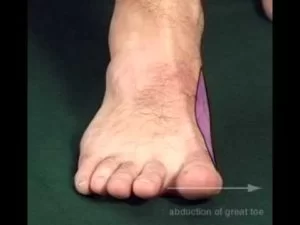

Relations
The foot’s most medial muscle, the abductor hallucis, runs parallel to the flexor hallucis brevis muscle. The tendon of the flexor digitorum longus, the medial plantar artery, and the nerve are connected to the dorsal surface of the muscle, while the plantar aponeurosis covers the plantar surface. The porta pedis is a gap created by the originating fibres of the calcaneus and abductor hallucis. Plantar nerves and arteries in the medial and lateral regions go through this gap like a tunnel.
Clinical Importance of Abductor hallucis muscle:
As intrinsic foot muscles, these muscles play a significant role in stabilizing the medial longitudinal arch of the foot.
Hallux valgus:
Hallux valgus is a common foot deformity in which the first metatarsophalangeal (MTP) joint is affected and is often accompanied by significant functional disability and foot resulting in the abduction of the first metatarsal while the phalanges is adduct.
FAQs
Abductor hallucis muscle’s primary function is the abduction of the big toe at the first metatarsophalangeal joint, as suggested by its name. When walking, this motion maintains the big toe’s central position; if it is impeded, it may lead to toe abnormalities such as hallux valgus.
Abductor hallucis assists in the flexing of the big toe when working with the flexor hallucis longus and flexor hallucis brevis muscles. During walking, the muscle also aids in preserving the foot’s medial longitudinal arch.
Overuse, strain, or injury to the abductor hallucis muscle, typically from activities such as running, walking, or wearing poorly fitting shoes, can cause pain in the abductor hallucis.
Foot
One of the foot’s intrinsic muscles is the abductor hallucis. It is found in the foot’s initial, or superficial, layer of plantar muscles. originates from the plantar aponeurosis, the flexor retinaculum, and the medial tubercle of the calcaneus.
The motor point of the abductor hallucis muscle is located approximately 4 cm proximal and 1 cm lateral to the posterior border of the medial malleolus.
As soon as you can, apply ice. For the first few hours, ice can be administered for ten minutes every hour; when pain and swelling subside, this frequency can be reduced to two or three times each day. It’s crucial to start a systematic rehabilitation programme with strengthening and stretching activities as soon as the discomfort diminishes.

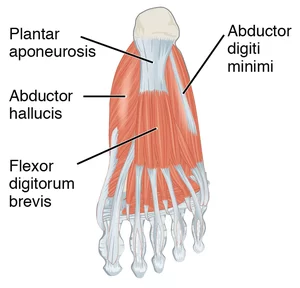
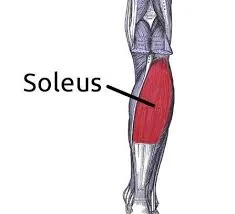
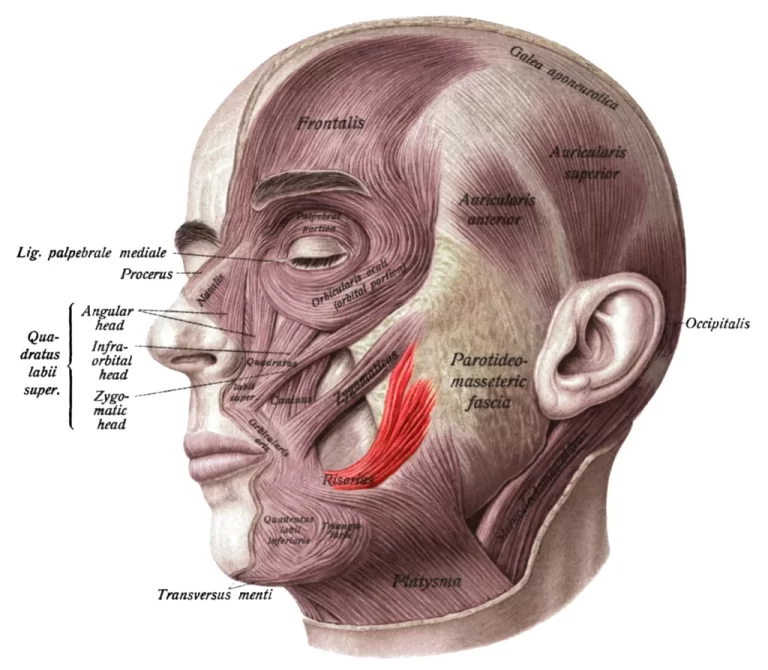
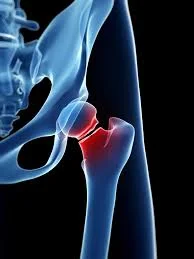
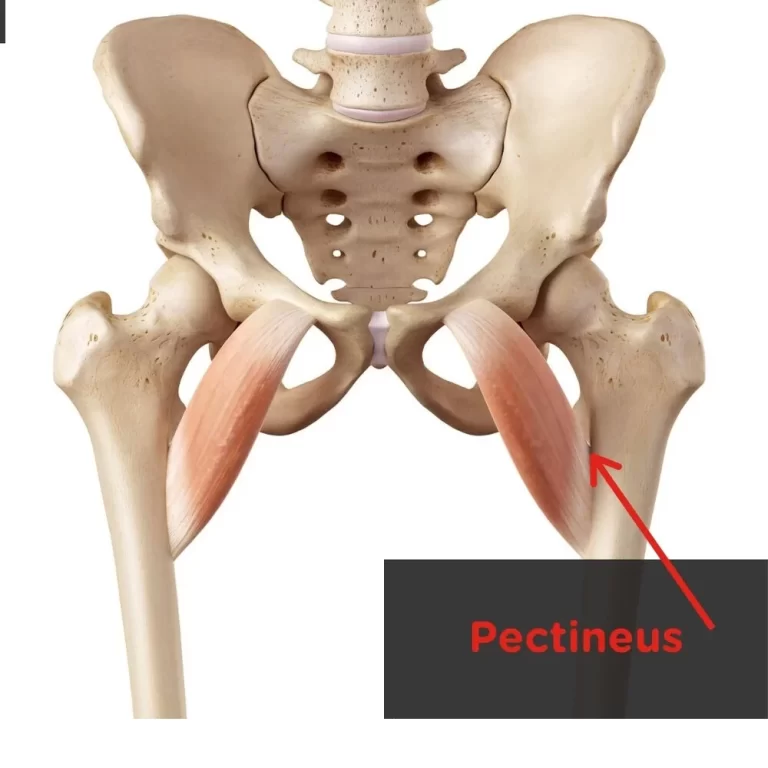
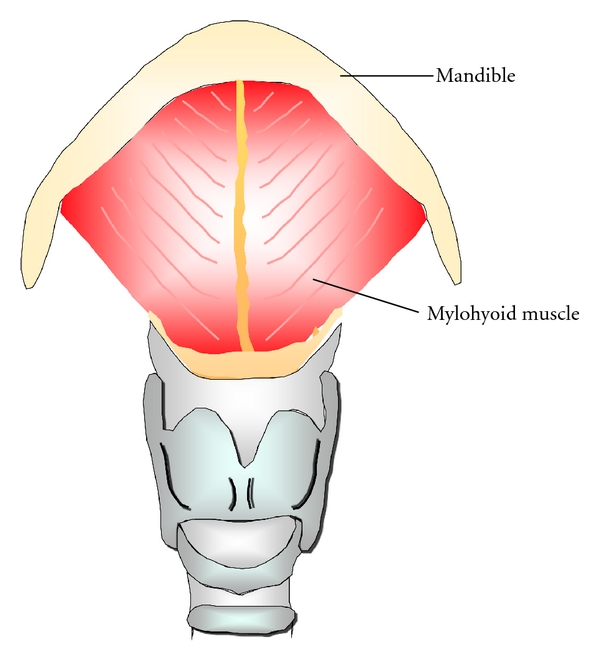
2 Comments